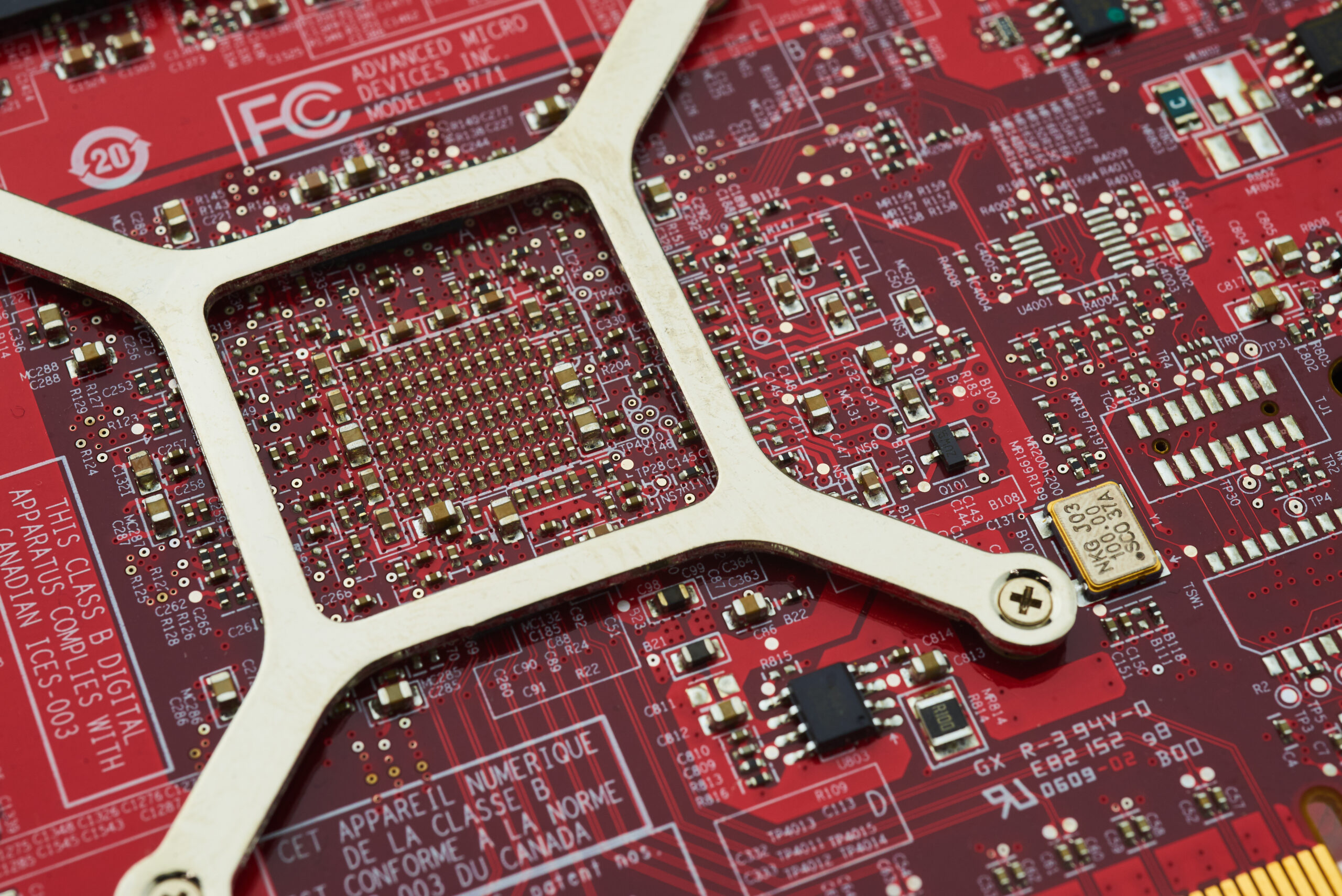Comprehending the NEMA L14-30 Plug and Its Uses
Thel14-30 plug is renowned for its design and functionality, designed for high-power applications. It’s crucial to grasp its features and typical uses to choose the right equipment for your needs.
Summary of NEMA L14-30 Plug
This plug features a twist-lock mechanism, ensuring a secure connection and minimizing the chance of unintended disconnection. It has four wires: two hot wires, one neutral wire, and one ground wire. This wiring setup is vital for managing the large electrical loads it accommodates.
Frequent Uses of L14-30 Plug
The L14-30 plug’s versatility renders it a preferred choice across various settings. It’s typically seen in:
- RVs
- Generators
- Industrial equipment
These uses leverage the plug’s large capacity managing and safety characteristics, fulfilling substantial operational demands.
Advantages of Using NEMA L14-30 Equipment
Choosing equipment with a NEMA L14-30 plug provides numerous benefits:
- Robust connectivity: The twist-lock mechanism ensures a secure connection, ideal for demanding tasks.
- Improved safety features: Its distinct design reduces hazards associated with high-capacity use.
- Climate resistance: The materials used facilitate outdoor uses, fitting multiple environments.
Understanding the NEMA L14-30R wiring diagram and the plug’s advantages aids in making informed decisions for installing electrical systems securely and efficiently.
NEMA Plug L14-30 Wiring Diagram: Detailed Guidelines
Wiring a NEMA L14-30 plug demands careful attention and a solid grasp of the wiring process. This manual will walk you through the critical steps, essential tools, and safety measures. These are vital for a secure and successful installation.
Sequential Wiring Process
To wire a NEMA L14-30 plug successfully, follow these steps:
- First, examine the l14-30 wiring diagram to comprehend the configuration.
- Make sure the circuit is powered off for safety during the installation.
- Remove insulation from the wire ends to prepare them for connection.
- Connect the hot wires (red and black) to their terminals, noting polarity.
- Link the neutral wire (white) to its terminal.
- Fasten the ground wire (green or bare) to the ground terminal.
- Verify all connections, then replace the plug cover.
Necessary Tools and Materials Needed
Gather these essential wiring tools for the job:
- Wire strippers for wire end readying.
- A multimeter for voltage testing and connection confirmation.
- A screwdriver for terminal securing.
- Suitable gauge wire, rated for 30 amps, for safe handling of the load.
Electrical Safety Measures to Follow
Observe these electrical safety instructions before beginning:
- Ensure power is off to avoid electrical shock.
- Use insulated tools to safeguard against unintended contact.
- Follow local electrical codes for compliance and safety.
By mastering the wiring of a NEMA L14-30 plug and following these guidelines, you’ll guarantee a safe and efficient setup. Proper wiring and the right tools are essential for reliable electrical projects.
L14-30 Wiring Color Code Explained
Understanding the NEMA L14-30 wiring color code is vital for safe and effective electrical setups. The standardized color codes make it simple to recognize each wire’s purpose. This guarantees safety and enhances system functionality.
NEMA L14-30 Wiring Color Assignments
The l14-30 color assignments adhere to a specific pattern, uniforming wiring practices. Commonly, the following colors are employed:
- Black Wire: Hot
- Red Wire: Hot
- White Wire: Neutral
- Green Wire: Ground
This distinct distinction simplifies understanding connections when wiring the L14-30 plug.
Importance of Adhering to the Color Code
Following the correct NEMA L14-30 wiring color code is crucial to avoid accidents. Wrong wiring can result in electric shock, equipment damage, or even fires. Adhering to the l14-30 color designations not only guarantees personal safety but also enhances electrical system performance. These standards assist minimize risks associated with faulty wiring.
Pictorial Representation of the L14-30 Wiring Schematic
Grasping the L14-30 wiring schematic is crucial for those handling this electrical connection type. A visual aid can render the process more secure and easier. We will delve into an annotated wiring diagram that explains how each component connects.
Annotated L14-30 Wiring Diagram
The annotated wiring diagram pictorially illustrates the L14-30 plug’s wiring setup. Each part is clearly marked, simplifying the process. Key components comprise:
- Hot Wires: Typically black and red, carrying electrical current.
- Neutral Wire: Generally white, acting as the return path for current.
- Ground Wire: Often green, crucial for safety by preventing electrical shocks.
Deciphering the Wiring Schematic
Mastering the wiring schematic’s interpretation is key to correct installation. L14-30 wiring schematics include symbols and lines that represent various components and connections. When interpreting it, keep in mind:
- Recognize Connections: Look for lines connecting various elements.
- Understand Symbols: Recognize common symbols such as circles for wires and rectangles for devices.
- Follow the Flow: Trace the path from the power source through the plug to the device to guarantee accuracy.
With the annotated wiring diagram and a solid understanding of the schematic, the installation process becomes simple. This approach minimizes errors and boosts safety during use.
Conclusion
Understanding the art of the NEMA L14-30 plug and its wiring is crucial for anyone delving into electrical work. This manual has provided you with the knowledge to ensure secure installation and effective use of equipment connected to this plug. By grasping the wiring steps and color codes, you can greatly diminish the risk of electrical hazards.
Following the correct wiring instructions improves safety and boosts your confidence in DIY projects. Whether you’re installing a generator outlet or connecting to large appliances, understanding the specifics of the NEMA L14-30 plug enables you to handle electrical tasks with confidence. It’s about creating a safe environment while enjoying dependable power systems.
This knowledge enables you to independently handle electrical projects, guaranteeing your equipment operate efficiently. Remember, a meticulously executed wiring process does more than just power your devices. It also guarantees your safety and the safety of those around you.

